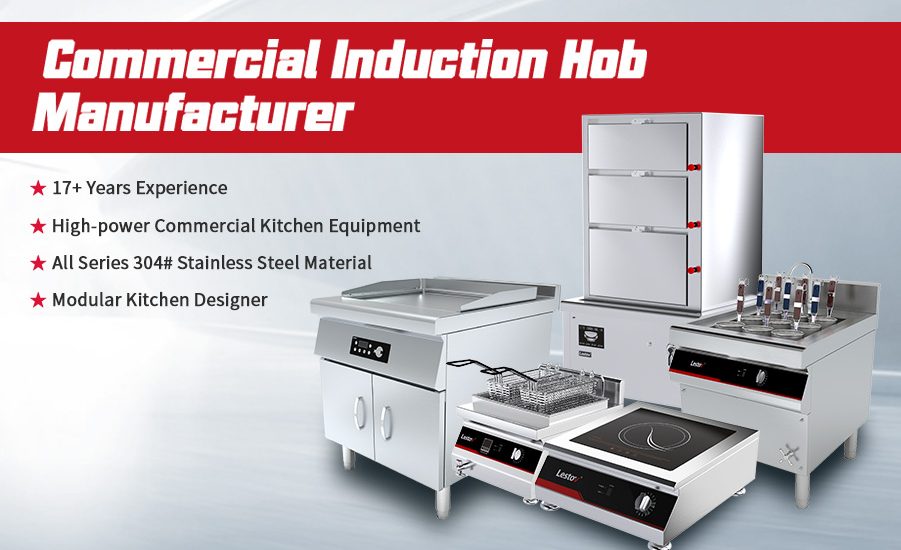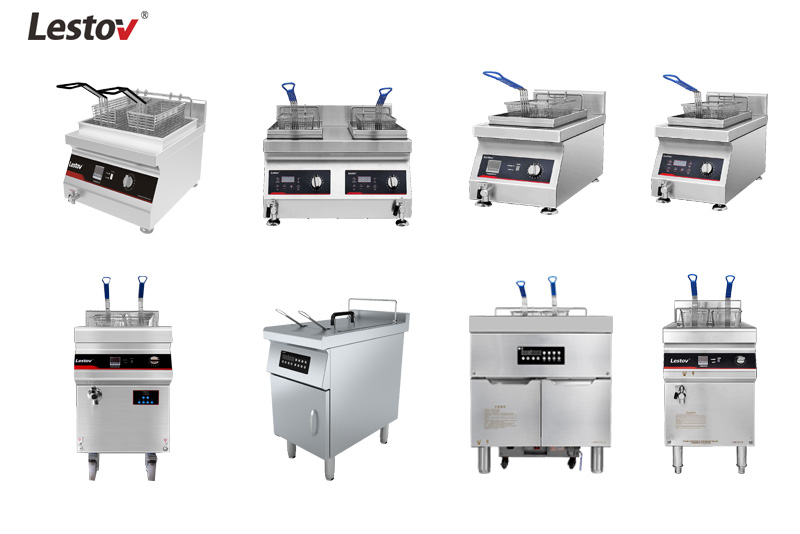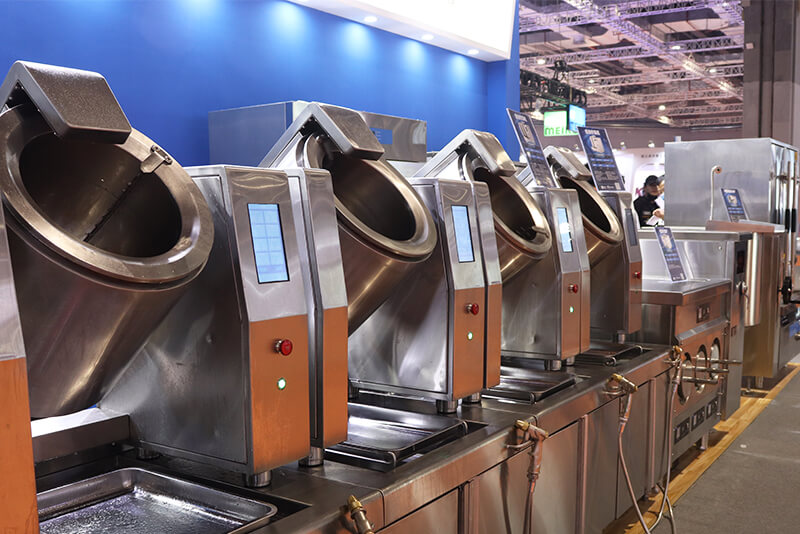In the catering industry, efficiency and precision are crucial. Commercial induction fryers are gradually becoming…

Evolution of the commercial induction cooker
Have you finally decided to start a lifelong adventure with a commercial induction cooker? That’s fine and great, but there are quite some things you will need to know about this commercial induction cooktop’s revolutionary cooking method.
A lot of people believe there’s some kind of magic in how it works but that’s not true. It’s simply science, raw science. But just how did these commercial induction stoves come to be?
History of Commercial Induction range cookers
Commercial induction burners go way back to the year 1933 when Frigidaire, who was a division of General Motors introduced it at an event, Century of Progress World Fair, Chicago, United States. The idea sounded bleak, but they weren’t joking because, in the early 50s, the division had begun demonstrating how these induction hobs worked.
This demonstration continued as a kind of show because experts and specialists were just concerned with showing how the machine worked and not paying any attention to how they could turn it into a cooking machine. So enough, people began to see its potential as a great cooking method if used properly.
At the beginning of 1970, the first induction stovetop was created in America by Westinghouse Electric Corp. It was a marvel to behold and people seemed to welcome the idea. In 1971, they went on display in Texas where they were named Cool Top Induction Range Cooker. These cookers had just one single heating element back then.
Soon enough Westinghouse Electric Corporation developed yet another induction hob cooker which they named Cool Top 2. This one was made from a combination of stainless steel, aluminum, non-stick, and carbon steel. It had up to 4 heating elements and each of these elements gave off 1500W.
Around 1980, Sears, which manufactures household appliances became the first to sell commercial induction cooktops with 4 burners. The cookers sold had little problems with low power, being very noisy when in use, and offering little to no resistance.
A few years later, the development of commercial induction cooktops continued and both American hob manufacturers, as well as Asian and European hob manufacturers, gave their all to make the machinery a success.
Finally, in the year 2009, Panasonic, which is amongst the most popular brands in the world of technology manufactured an induction stovetop burner that was made of metal. It was also effective with nonferrous metal vessels but alas! This brought about a lower head production making it less efficient.
In recent times, commercial induction stoves with serious rapid heating have improved significantly over time. There is a rather impressive collection of diverse induction unit solutions in the market today. Commercial induction stovetop burner designs, prices, and types have become readily available and accessible to a broader range of customers.
There are lots of respectable brands manufacturing these induction cooktops and they make them while listening to customers’ pleas for improvement. Today we can find single burners, double/3/4/5/6 burners, freestanding commercial ranges, countertop induction cooktops, built-in induction stovetops,s and much more. You can even have those that are incorporated into your kitchen, providing you with a nice view.
Unlike before, there is more and more compatible cookware available too. The diversity is increasing greatly, as we now have tea kettles, pots, grills, and much more. This cookware is made to be beautiful with different colors and shapes and also resistant to any form of corrosion.
Having all these amazing features, it’s not going to be a surprise if people start giving up on the other means of cooking available. Boasting efficiency, beauty, and modernity, commercial induction cooktop have developed into everyone’s choice.
How Does Commercial Induction Range Cooker Work?
It’s important to understand how commercial induction range cookers work. The induction element in them is a powerful magnet that yields a magnetic field under the ceramic hob surface. Once you place a cooking vessel in it that is metallic, the energy created by the magnetic field induces the cookware to produce a form of electrical contact with it.
It’s this transfer of energy that brings about the heating of the metal (magnetic cookware). You can control the heat generated by the magnetic field on the cookware. This means that your food will only heat when you place compatible cookware over your commercial induction hob. Once it’s not in use, the induction hob will remain cold ensuring you never get burned.

Mechanism of Operation for an Induction Range Cooker
- An electricity field produces a coil that brings a huge electromagnetic field.
- The electromagnetic field created seeps through the magnetic particle of the cookware creating a mild electric current that brings the heat.
- This heat generated on the cookware gets transferred to the contents in it (the soup, whatever you’re cooking).
- Everything outside the cookware remains cool and unaffected by the electromagnetic field. Immediately you take off the cookware from the commercial induction burner, the heating element stops producing.
This whole process means induction gives the pan the power to become the major source of heat. The stainless steel induction hob itself acts as an electromagnetic field that is easily controlled by sophisticated systems.
One major reason commercial induction cooking is loved is the fact that its cooking process can be controlled to precision. The temperature of the ceramic induction hob can be set to whatever you like while the cookware will always heat immediately.
Commercial induction ranges have come a long way from the early 30s but it’s safe to say now that it has found its feet in the world and is fast increasingly becoming one of the best-preferred cooking methods right now.



Postingan Ini Memiliki Komentar 0